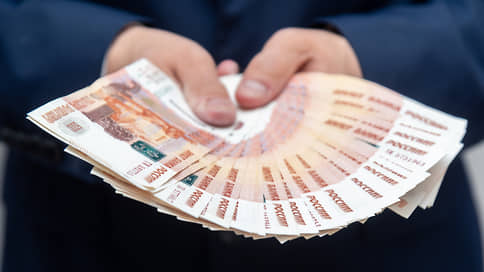Capital outflow from Russia has slowed down
[ad_1]

Capital outflow from Russia slowed last year, but did not stop. Forbes writes about this after studying the Central Bank’s February review of financial market risks. Thus, in 2023, minus currency revaluation, citizens placed 1 trillion rubles on deposits with foreign credit institutions, compared to 2 trillion rubles. in 2022. Last year, foreign brokers received more than 140 billion rubles from Russians, and in 2022 – more than 180 billion rubles. The flow of funds into cash foreign currency, according to the Central Bank, has almost stopped.
What is the reason for this dynamic? And what to expect this year? Independent financial market expert Andrei Barkhota believes that those who wanted to withdraw capital have already done so: “The first reason is, of course, the exhaustion of capital outflow resources. The biggest cataclysms and the most acute period of adaptation have already passed. At the same time, there are new logistics and foreign economic relations, including with friendly countries, primarily with Southeast Asia.
The second reason is related to the situation on the financial market. Adaptation to new conditions was faster and more efficient than planned, and there is very good dynamics in terms of the real interest rate. The key rate is 16%, inflation is about 6-7%, it turns out that the real rate in rubles is about 9-10 percentage points. This is a very profitable story for investors; the risk-free return in rubles is quite high. Capital outflow figures in 2022 were often associated with the relocation of wealthy citizens, the relocation of business assets and the sale of assets in Russia. It was the factor of existential risks that pushed business entities and citizens to these actions.”
Most likely, this year the rate of capital outflow will decrease further, noted independent economic expert Semyon Novoprudsky. He also named the main tools that businesses and citizens now use: “The main type of capital outflow is still the storage of money in company accounts, because companies, especially those engaged in foreign trade, continue to store the currency of Russian companies in accounts abroad. Moreover, as far as I remember the statistics of the Central Bank, which were at the end of 2023 or the beginning of 2024, the number of dollars and euros that are stored in such accounts is again increasing, and the number of yuan is decreasing.
For a long time it was believed that net capital flight was very bad for a country’s economy. In a situation where we are dealing with a normal open economy, the movement of capital is a good thing, quite useful. But in the current Russian conditions, when there are sanctions, external and internal restrictions, it may be more profitable for the state that the outflow of capital will decrease, but this does not mean that this greatly strengthens the economic strength of Russia. It is clear that for a large economy, such as the Russian one, it is better when the volume of foreign trade grows rather than decreases.”
A record capital outflow from Russia was recorded in 2022. According to the Center for Macroeconomic Analysis and Short-Term Forecasting, it exceeded $240 billion, which amounted to approximately 13% of GDP. There is no data for 2023 yet, but Forbes’ interlocutors estimated in November 2023 that Russians could withdraw almost $50 billion in three quarters.
Everything is clear with us – Telegram channel “Kommersant FM”.
[ad_2]
Source link





